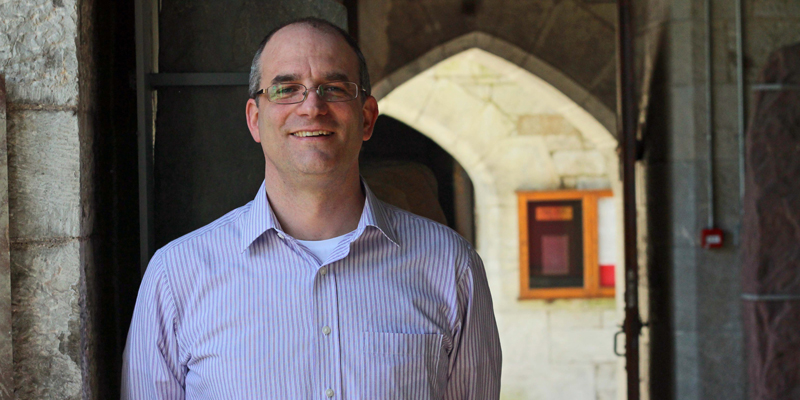In This Section
Turning Carbon Into Cash | Irish Businesses to Watch

The Irish Times look at three Irish based projects researching how to turn excess carbon dioxide into new product, including one from Prof. Justin Holmes and AMBER - from carbon to cosmetics and chemicals.
Electric cars and renewable energy alone are not going to solve the climate crisis. The biggest carbon generators are not what we might expect. And industry will increasingly need to capture and sequester carbon in order to stop it escaping it into the atmosphere. Carbon is currently public-enemy number one. Across Ireland, as well as internationally, however, teams of scientists and engineers are working on good uses for the CO2 (carbon) that we generate. None of these will solve the climate crisis, experts say – but they will help. In June, international scientists met in Germany to share their research on ideas which might make money from carbon dioxide, such as creating building blocks, fertilisers, fuels, foams, polymers and proteins.
Professor Justin Holmes is deputy director of AMBER, Science Foundation Ireland’s advanced materials and bioengineering research centre. “Carbon dioxide comes from several processes including chemical production, fermentation and burning fuels,” he says.
“AMBER researchers are also using natural resources such as wood and other forestry-derived materials that allow sustainable production of fibres, lignins and cellulose that can be used in composites or as precursors to robust biopolymers. Wood captures twice its own weight in CO2 growth and forms and effective climate change mitigation if it is processed into long-life materials such as construction materials where it can replace steel and concrete materials that have heavy carbon footprints.”
AMBER's Deputy Director Prof. Justin Holmes talks about our work to create a #sustainable future in great Irish Times piece with @scienceirel @MaREIcentre @biobeacon #LoveIrishResearch: Turning carbon into cash https://t.co/aoQtVelgrI via @IrishTimesBiz
— AMBER (@ambercentre) July 18, 2019
The nanomaterials used in electronics and various cells can be processed using carbon dioxide, Holmes explains. “It can also be used as a source for insecticides, cosmetics, agrochemicals and pharmaceuticals. One of the biggest challenges is to take the CO2 and turn it into something useful. Research in Amber includes CO2 capture and re-use, with a particular focus on turning CO2 into useful chemicals such as methanol and ethanol, which can be used as fuels, as well as by chemical companies to make other bulk chemicals used in paints, cosmetics, plastics and agrochemicals.”
Part of Holmes’s work is focussed on using CO2 as a safe and inert liquid to generate nanomaterials. “This is a good alternative to using toxic or potentially toxic solvents. It means that we can use less heat to manufacture better polymer films and plastics, as well as produce chemicals in a more environmentally friendly manner.”
Holmes also explains that Amber researchers are also engineering new materials that can split sea water into hydrogen and chlorine. If the process can be done efficiently, the hydrogen generated can be used as a low-carbon fuel, for heating and to generate ammonia (which is the cornerstone from the production of fertilisers).
Putting carbon to good use isn’t the solution, Holmes says, but it can be part of it. “We do have to move away from burning fossil fuels but, if we are still generating CO2, we may as well do something useful with it. A major focus of our work is on sustainability: researchers are effectively using CO2 from waste streams to produce useful materials, as opposed to using up more of the Earth’s finite resources.”
The full article is available on the Irish Times website.
School of Chemistry
Scoil na Ceimic
Contact us
Second Floor, Kane Building, University College Cork, T12 YN60
